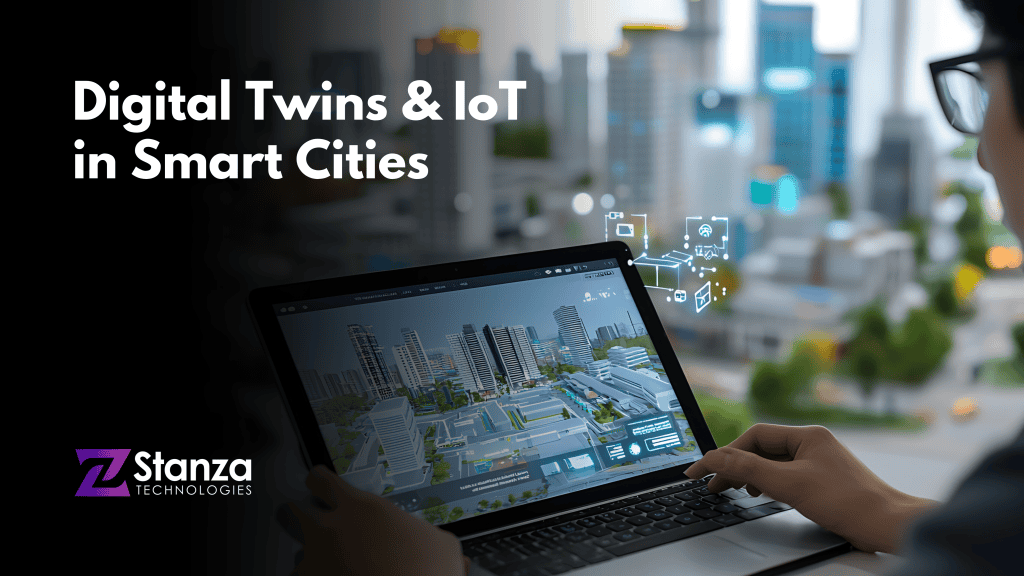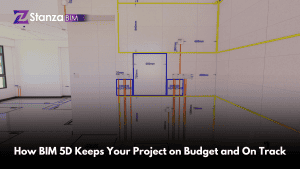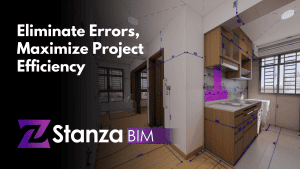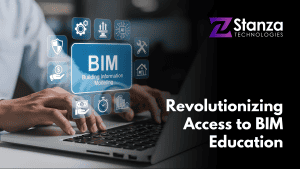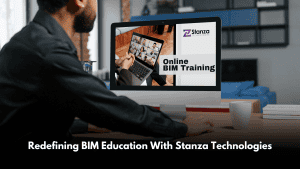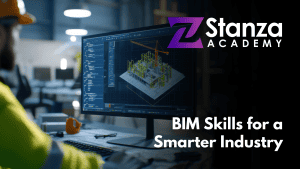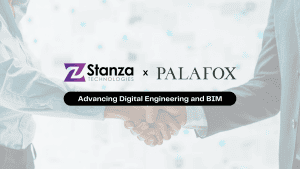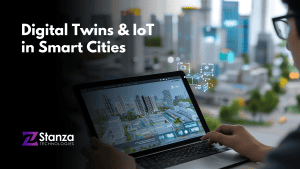A new layer of intelligence, driven by digital twins, the Internet of Things (IoT), and Building Information Modeling (BIM), is at the heart of the rapidly developing concept of smart cities. Urban infrastructure is under increasing pressure to become more sustainable, efficient, and responsive to current demands as cities worldwide become denser and more complex. In response to these demands, the building and facility management industries are utilizing digital twin technology, a logical progression of Building Information Modeling (BIM), in conjunction with Internet of Things (IoT) devices to create dynamic, living models of the built environment.
Digital twins are virtual representations of real-world assets, such as buildings, transit systems, and utility networks that are updated in real-time based on information gathered from sensors and devices integrated into these assets. Through a constant feedback loop between the real and virtual worlds, these dynamic models enable stakeholders to observe, model, and improve operations at a never-before-seen level of detail. Digital twins powered by BIM data can seamlessly transition from design and construction to long-term operation and maintenance, as they inherit the intricate geometrical and functional characteristics of the structure.
The key to making digital twins come to life is the incorporation of IoT technology. Continuous streams of data are fed into the digital twin model by sensors placed in HVAC units, elevators, energy meters, lighting systems, and even structural elements. Building operators can use this data to gain insights into equipment performance, usage trends, energy consumption, and potential failures before they occur. Operators can now anticipate problems, increase asset lifespans, and reduce downtime rather than relying on planned maintenance or reacting to malfunctions. In addition to saving money, this move from reactive to predictive facility management improves environmental performance, user comfort, and safety.
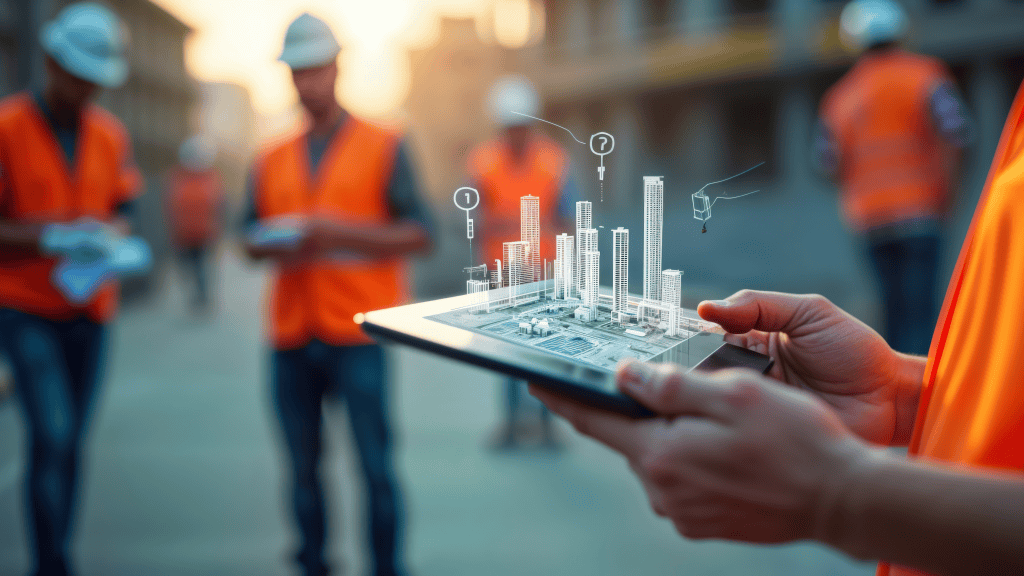
The use of digital twins and IoT becomes even more significant in the larger framework of smart cities. Using real-time data from throughout a city, urban planners can model traffic flow, the effectiveness of public transportation, energy demand, or emergency response situations. Better governance, better public services, and greater resilience to disruptions are made possible by this interconnectedness, which enhances decision-making at both the macro and micro levels. Every system and structure is precisely modeled from the outset, thanks to the incorporation of BIM into city-scale digital twins, which provides a solid foundation for long-term city planning and management.
These developments mark a new era of opportunity in digital operations and construction, according to Stanza Technologies. We place a high priority on producing BIM models that are both design-accurate and prepared for integration with digital twin platforms as we continue to assist our clients in their digital transformation. By utilizing data to enhance every aspect of the asset lifecycle, our work enables building owners and government organizations to make a seamless transition from construction handover to intelligent building operations.
The combination of BIM and IoT will no longer be considered an innovation but rather a standard expectation as the use of digital twins increases due to urbanization, sustainability objectives, and the desire for smarter infrastructure. Stanza Technologies remains at the forefront of this change, helping our partners develop systems that think, react, and adapt alongside the cities they serve.
